GT Green Technologies Secures £1.35 Million in Seed Equity Funding
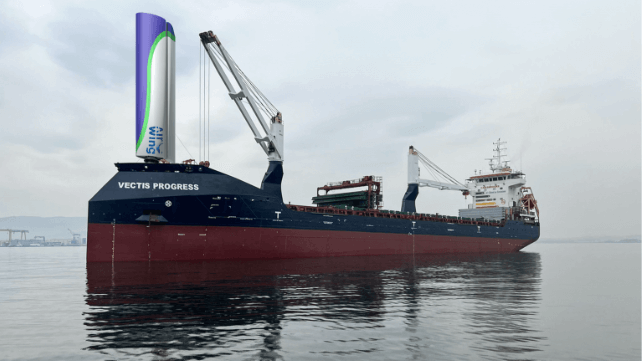
[By: GT Green Technologies]
GT Green Technologies is a pioneering force in wind technology, dedicated to revolutionising commercial shipping with innovative Wind Assisted Propulsion (WAP) solutions. Their flagship product, AirWing™, represents a breakthrough in sustainable maritime technology which is set to reduce fuel costs, reduce carbon emissions, and help shipowners comply with stringent environmental regulations.
Funding Announcement
GT Green Technologies closed a £1.35 million seed equity round, led by OnePlanetCapital, an early-stage VC focused on businesses that impact climate change. Alongside OnePlanetCapital, GT Green Technologies received strategic investments from Carisbrooke Shipping and John Good Group plc, plus financial backing from several notable climate focused angels, alongside a retail tranche with over 500 investors undertaken on crowdfunding platform, Seedrs.
The broad interest in the round reflects the growing interest in WAP for commercial shipping, and the early positive results the company has been able to demonstrate through testing and simulation.
This seed funding, in combination with a recent £3.7 million CMDC4 grant from the UK Department for Transport, will fund the manufacture, installation, and testing of the first AirWing™20 unit later this year. It will also facilitate the commercial rollout of both the 20m unit, and future 30m and 40m product iterations.
Will O’Malley, CFO at GT Green Technologies expressed excitement about the funding. “Closing this seed round enables us to accelerate execution of our exciting strategy. We are thrilled to have attracted a leading climate focused VC, alongside a consortium of high quality strategic and financial investors. The appeal of the round is evidence of the strength of our proposition and reflects our potential to make significant positive environmental change.”
Anthony Chant, director of OnePlanetCapital, said of the round; “GT Green Technologies is one of the most exciting investments we have made in the greentech space. The opportunity set for the company is enormous as the shipping industry reacts to new regulations, with the company’s WAP technology a potential game-changer in the sector.”
Thordon Delivers SXL Water Lubricated Rudder Bearing to Research Ship
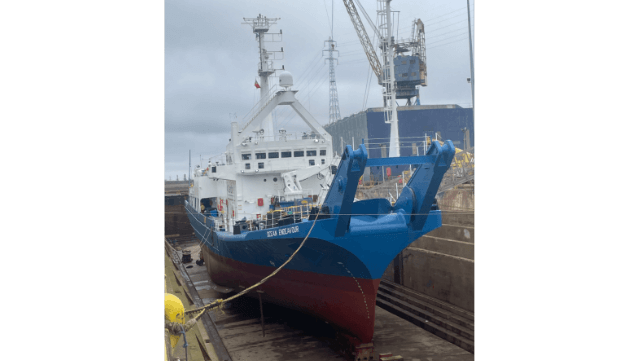
[By: Thordon Bearings]
Thordon Bearings, the pioneer in water-lubricated bearings, secured a new order for a rudder bearing that was fitted to a 77.1m (253ft) research ship that frequently operates in ecologically sensitive marine environments. The order underscores the value of Thordon’s grease-free bearing and seal solutions in helping to keep oceans and seas clean.
The 38-year-old Ocean Endeavour, operated by the UK’s Gardline, a multi-disciplinary marine survey company which operates a fleet of 13 multi-role survey ships, was recently fitted with Thordon’s SXL rudder bearing at UK Docks Marine Services’ Teesside drydock.
Bruntons Propellers, Thordon’s new authorized distributor in the UK, secured the order from the UK-based ship repair group, which operates drydocks and berths throughout the country.
Ocean Endeavour, which runs a pair of Ruston 8RKCM main engines driving a single four-bladed CP propeller, was previously fitted with a bronze rudder bearing. This required replacement due to age-related wear and tear, and bronze bearing replacement is expensive.
This kind of system also requires lubricating grease, which increases the risk of pollution with grease leaking into the ocean. Thordon’s water-lubricated SXL bearing, the far more cost-effective option, negates completely the need for grease.
Neil McDonald, Thordon Bearings’ Regional Manager, Northern Europe & Africa, said: “The lead time and price we offer for our SXL solutions are two major benefits for ship owners and the yards carrying out refit work. A like-for-like bronze bush replacement would have taken twelve weeks for the part to be delivered and would have been very expensive. We were able to get the SXL material to the yard in a matter of days and for significantly less. It’s also a better product!
“With UK Docks Marine specifying SXL we contribute to the vessel and Gardline’s ESG commitment and continued environmental performance. I would also like to emphasize the fast service and delivery provided by our new distributor, Bruntons Propellers.”
Jonathan Shaw, Managing Director, Bruntons Propellers, said: “We have hit the ground running as the new UK and Ireland distributor for Thordon Bearings. As a major propeller supplier to owners and yards around the world we were approached by UK Docks Marine Services to find a new rudder bearing solution following the Ocean Endeavour’s return. A particular shout out goes to Celia Birnie, our UK & Ireland Sales Executive, who is working with Thordon to ensure the vessel maintains its schedule.”
The vessel returned to home port Great Yarmouth, UK, after carrying out seismic exploration surveys around the Northwest Coast of Australia.
McDonald added: “This order clearly demonstrates Thordon’s ability to ship the required repair items very quickly, to avoid any delays for the ship or inconvenience for passengers and crew,” said McDonald. “The SXL bearing is also easier to machine and fit, once on site, compared to conventional bronze bearings.”
The products and services herein described in this press release are not endorsed by The Maritime Executive.
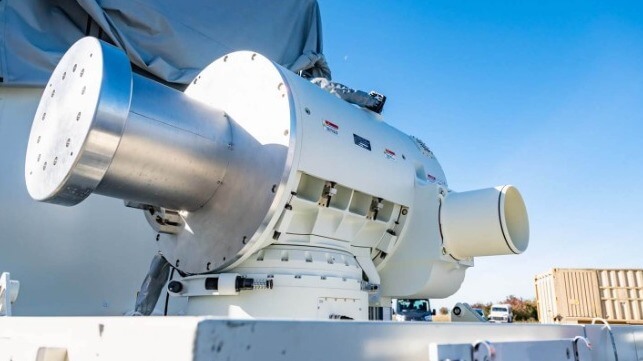
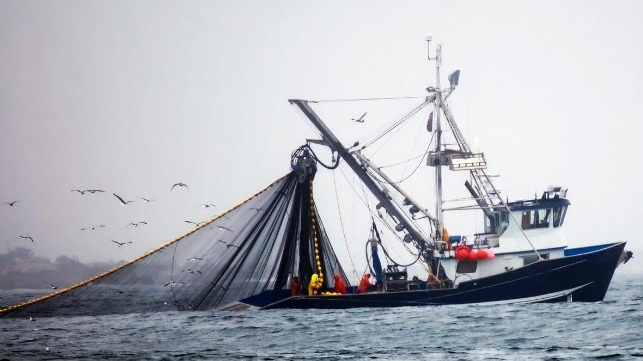
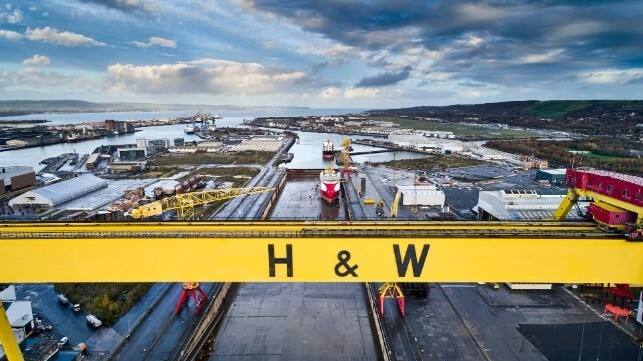
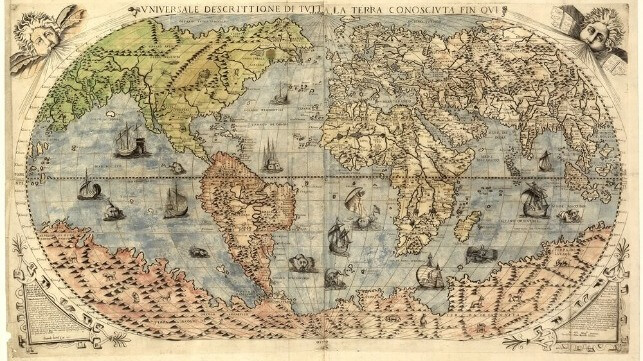
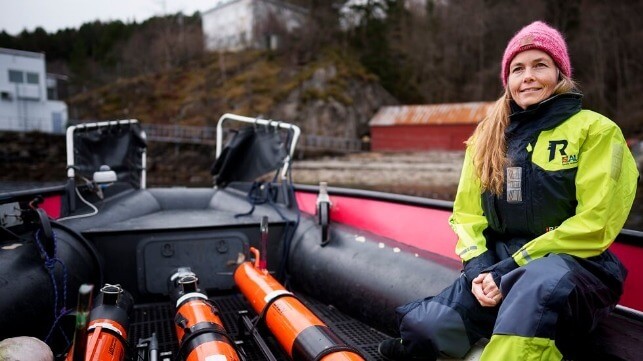
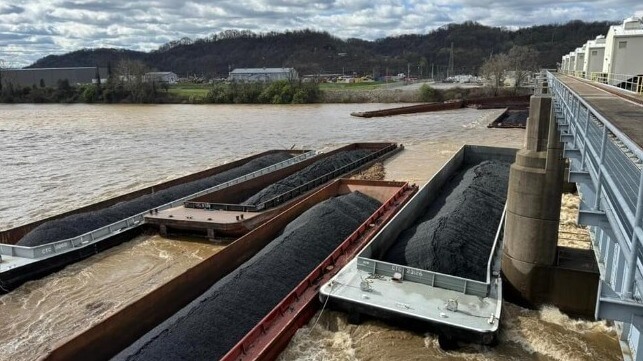
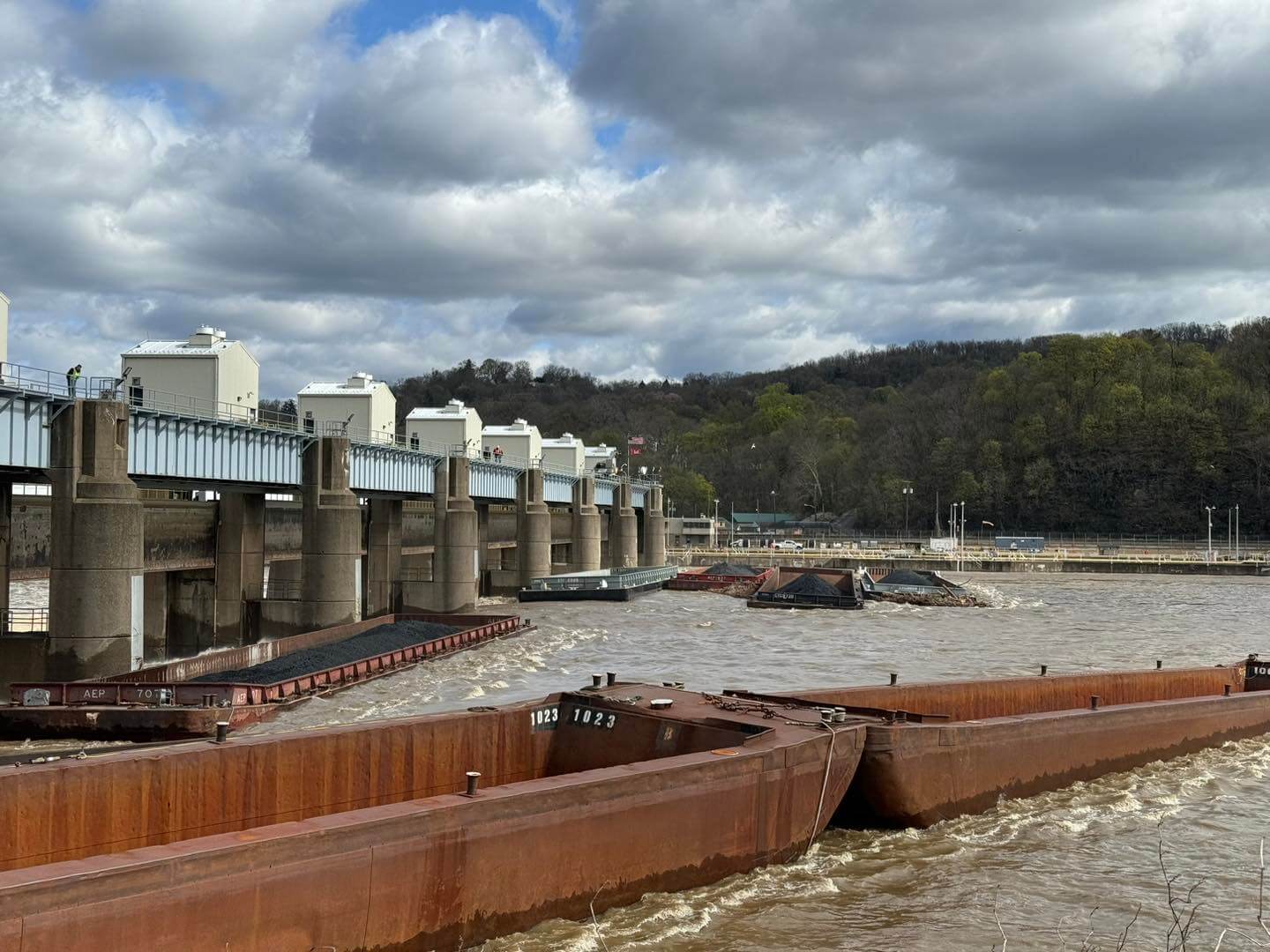 Courtesy USACE
Courtesy USACE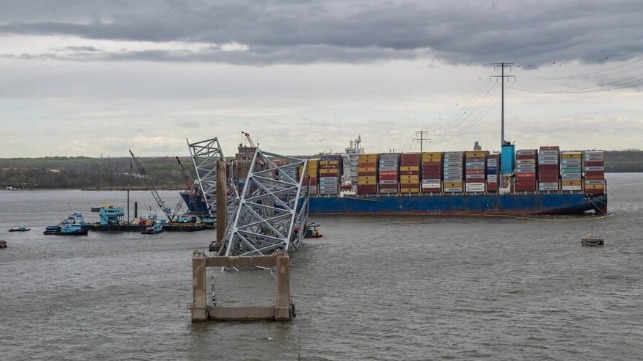
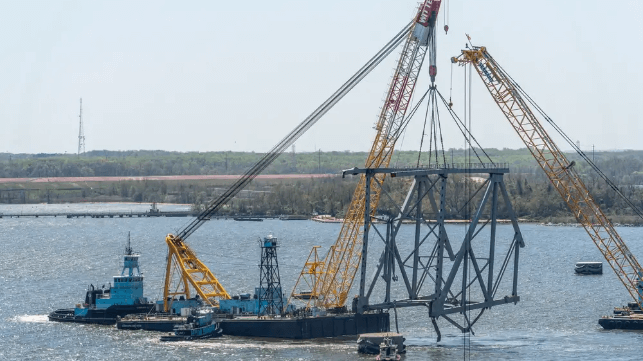
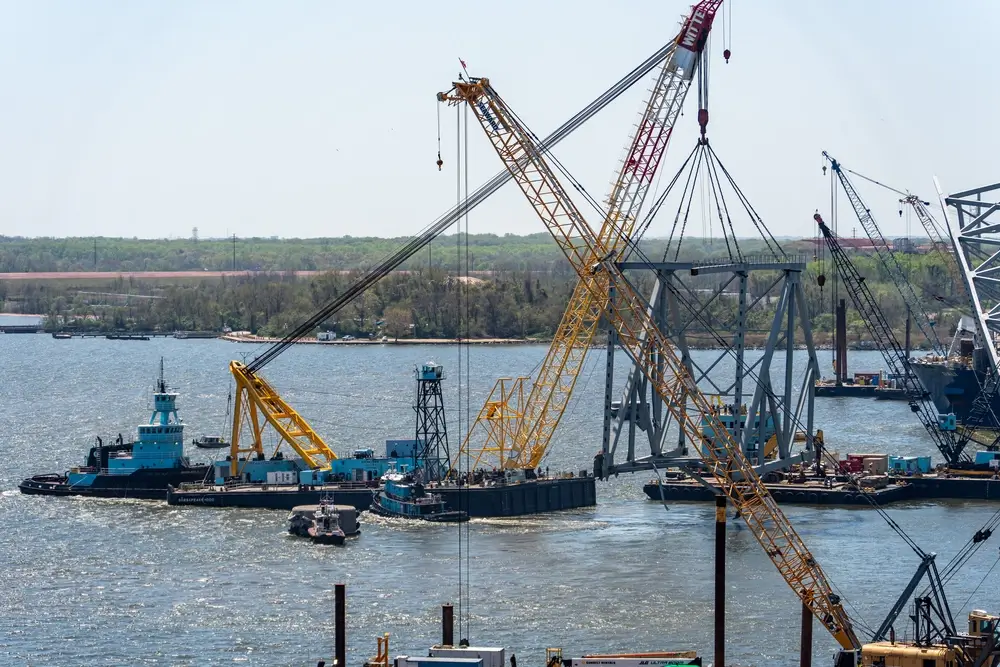
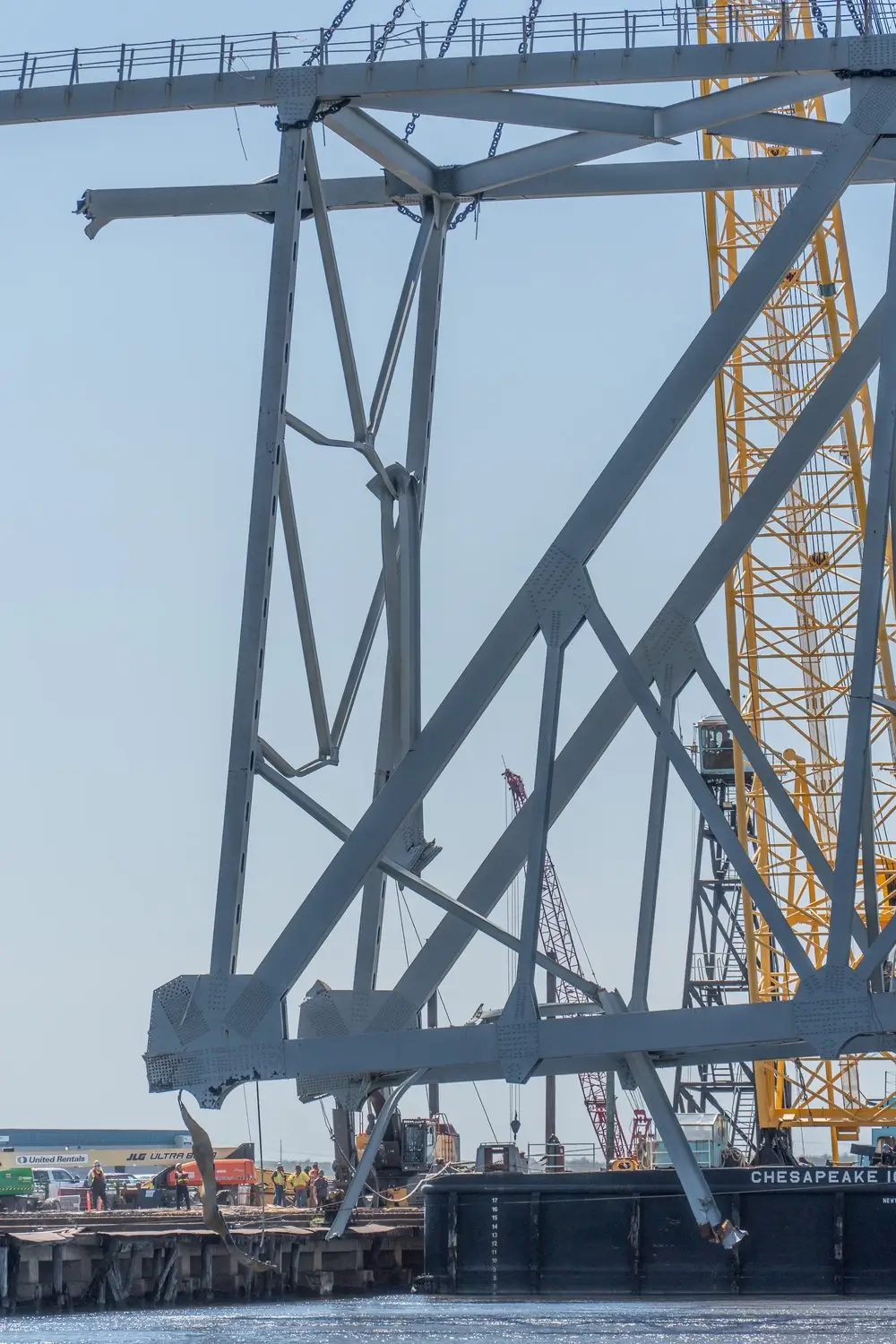
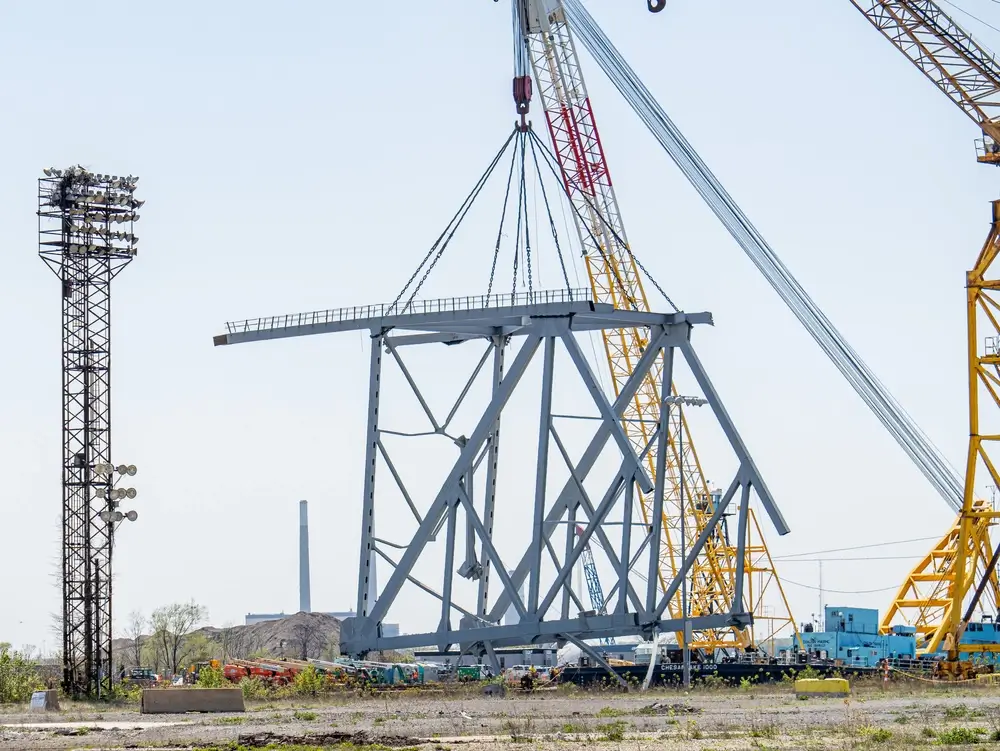
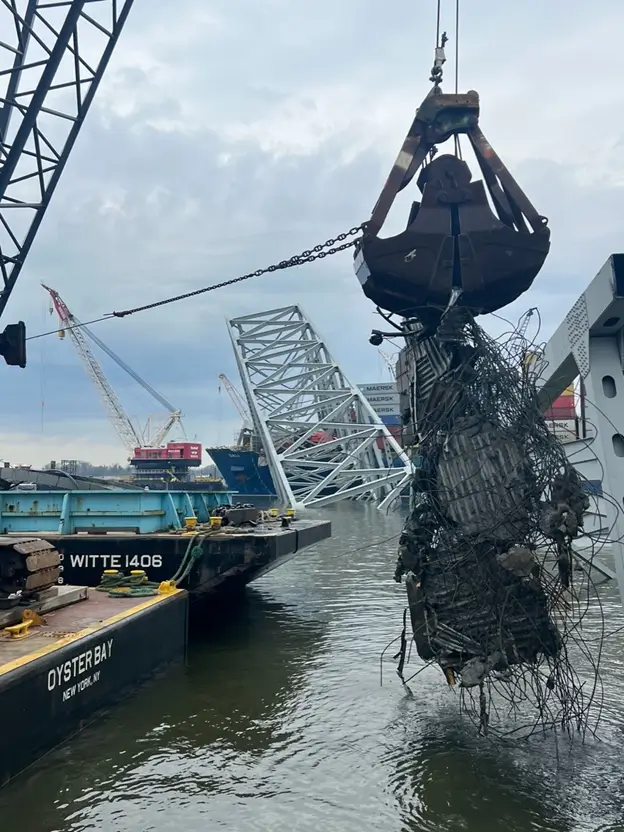
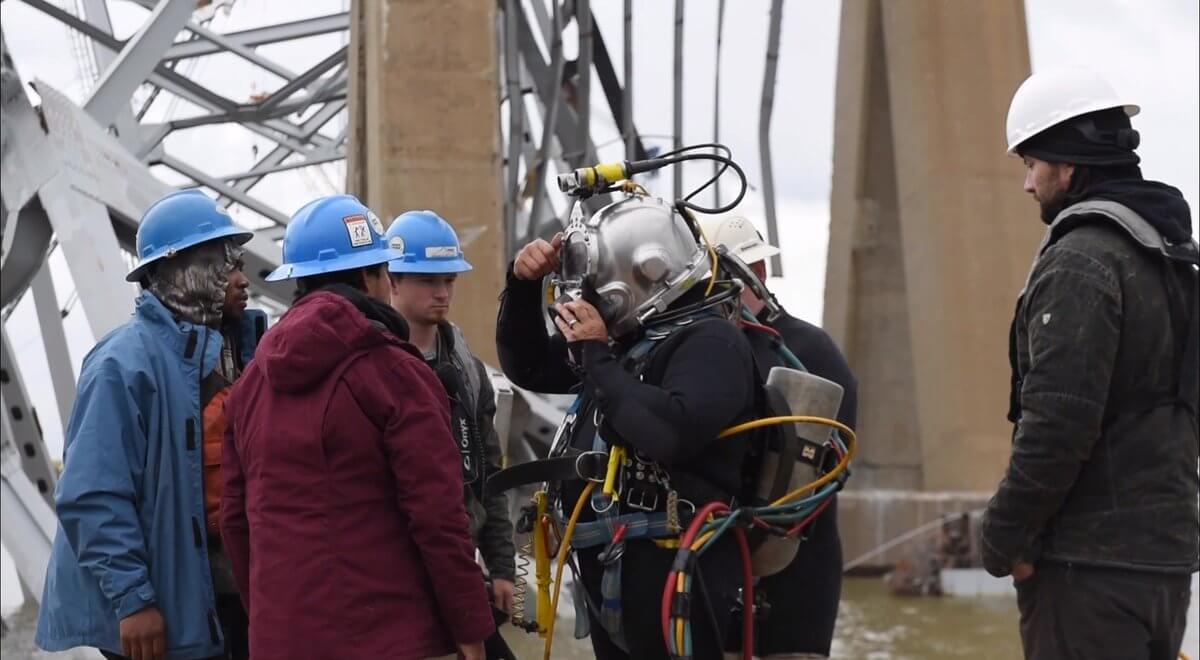 Courtesy USACE
Courtesy USACE